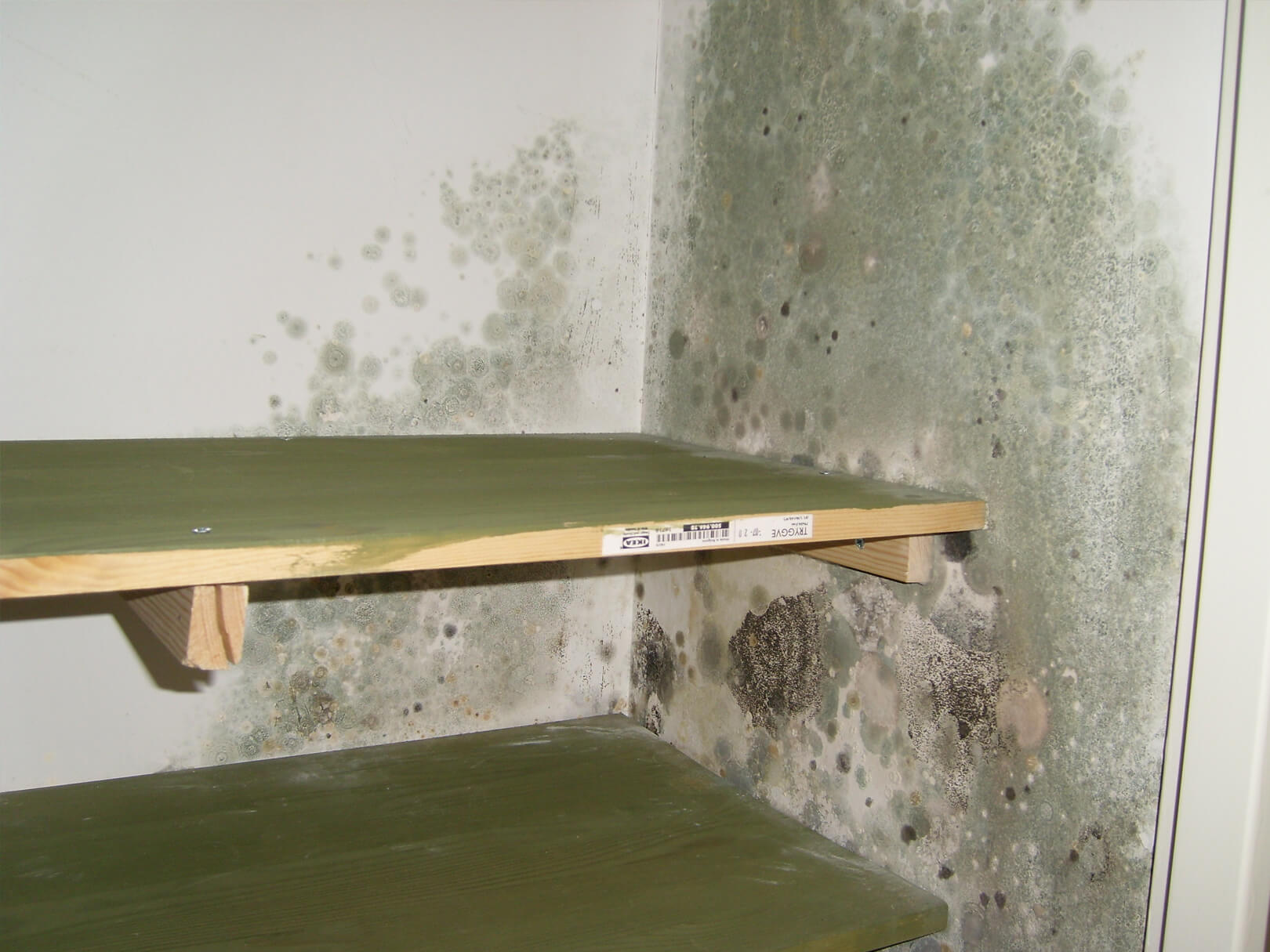Mould is unsightly at best but behind that damp, fuzzy and colourful exterior lays an ominous threat. Mould, visible or invisible will silently damage any structure it infests and cause harm to human health. In this article we’ll discuss how to get rid of mould permanently:
✓ Why you must treat mould effectively
✓ How to get rid of mould permanently
✓ When mould requires specialist mould removal.
This year the UK has experienced more flooding which will cause an increase in the incidence of mould growth in homes and businesses. We also had a more personal reason for producing this article. A friend of our team at Ideal Response took their teenage daughter to her privately rented university accommodation last year; this was what they found.
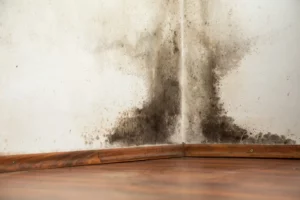
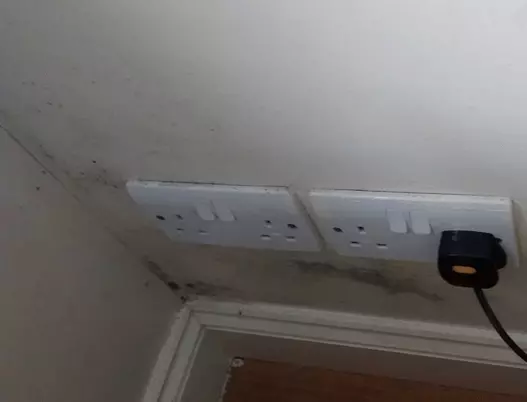
Was it really that much of a problem? Within two weeks this healthy 19 year old became ill with respiratory issues and a cold that remained for months, the mould worsened. Her new laptop broke down as damp infiltrated and electronic equipment in her room failed. The landlord, who has a duty of care to his tenants, was difficult to reach and slow to act.
What is Mould?
Mould is the common term for fungi, a microorganism which includes around 300,000 different species. Mould will appear on surfaces as “furry” patches of black, green, brown, yellow or pink, often accompanied by an unpleasant odour that won’t go away. Mould reproduces by releasing spores and produce toxic substances known as mycotoxins. Airborne spores are able to survive in the harshest circumstances; the spores settle on a surface where they remain until conditions trigger mould growth.
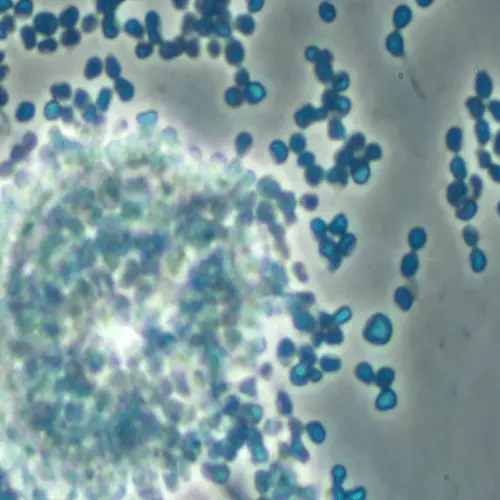
Aspergillus – A genus of fungi that causes a wide variety of diseases, particularly in individuals with compromised immune systems or respiratory issues. Aspergillus primarily affects the respiratory system but can spread throughout the body.
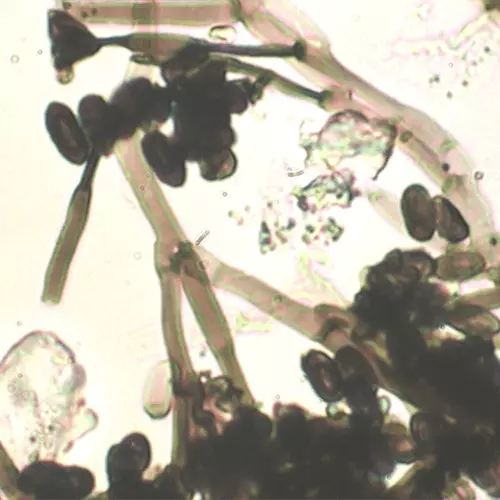
Stachybotrys – A toxic indoor mould found on natural and man-made substrates that produces mycotoxins causing stachybotrytoxicosis and other conditions in humans.
The Perfect Environment
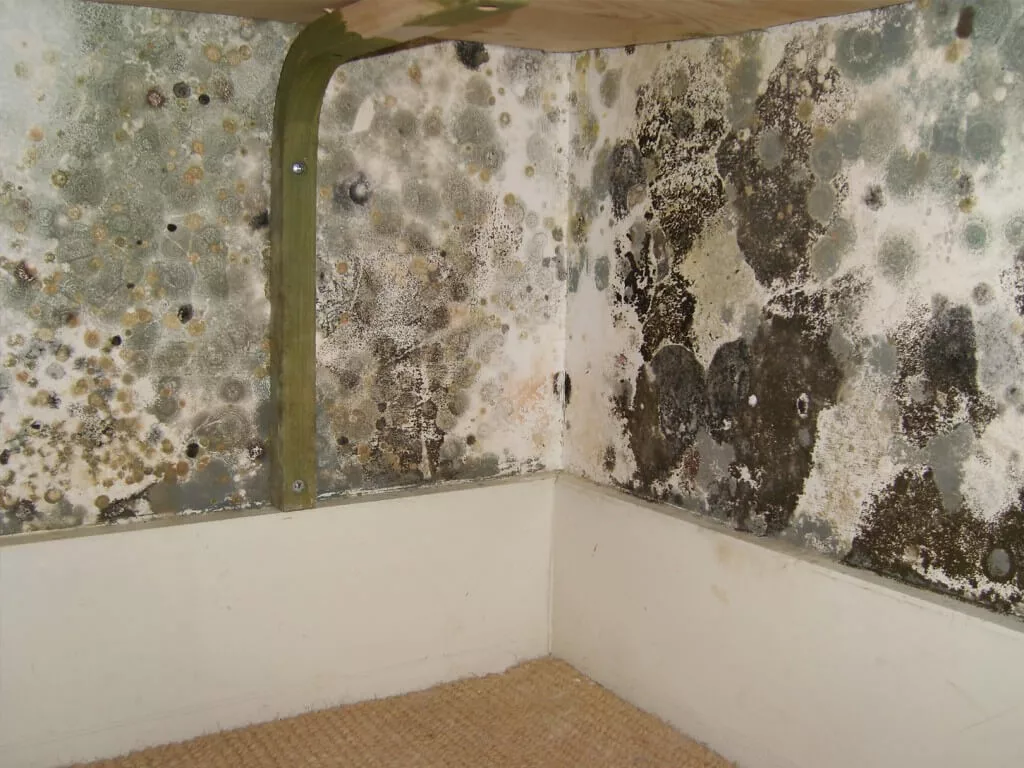
Mould will thrive in any damp environment that is poorly ventilated. Excess moisture is an invitation for mould growth. Mould will thrive indoors or outdoors and will grow on most surfaces including: paper, wood, cardboard, carpet, paintwork, wallpaper, fabric and insulation materials. These surfaces and others provide a food source for the mould to thrive. Once mould has infiltrated, its pattern of growth will continue unless the environment is altered and it is dealt with effectively. Cleaning mould from surfaces and reducing the moisture in you property can help get rid of mould.
How it can damage a property
Mould has an unsightly appearance so it is unpleasant for anyone spending time in the environment. The damage mould causes to the fabric of a building is a far more serious issue. The problem is not confined to visible mould; usually the mould you can see is an indication that the problem is far more serious, there will also be mould growth in places that you are unable to see.
Mould breaks down organic matter as its source of food. Because of this, the mould will actively be causing damage to the fabric of the building, thereby impairing its structural integrity. The longer mould and its causes are left untreated, the more damage will be caused. If you are actively looking how to get rid of mould you are taking the correct steps. You should look at hiring a professional mould removal service as soon as possible, to protect both your health and your property.
How Mould Damages Your Health
This might surprise you; in 2001 mould was classed as a Category 1 health risk by the Housing Health and Safety Rating System (HHSRS). That is the same category as asbestos. Health effects of mould will depend upon: length of exposure; type of mould; amount of mould and sensitivity of individuals to the mould. However, you should look to get rid of mould quickly, even if the effects are minimal. Research studies have identified three mechanisms of harm: harmful immune responses, infections and irritation. Health effects include: fungal respiratory infections, breathing difficulties, asthma and rhinitis. More information on the health effects of mould is available on the NHS website.
Mould produces airborne spores which can be carried into a building on clothing, footwear and belongings if they were produced outside. The spores will be inhaled, entering the respiratory system. Research into the harmful effects of mould has been carried out for many years. Forms of mould can be classed according to the risks they pose:
Hazard class A: Directly hazardous, toxin producing and high risk of infection
Hazard class B: Linked to allergic reactions, particularly with prolonged exposure
Hazard class C: Main damage is structural
How to deal with fungi – Mould Treatment
To understand the scale of the problem you are experiencing, mould can be categorised according to size.
Level 1 – contamination with a total surface area less than 1 square metre
Level 2 – contamination with a total surface area between 1 and 10 square metres
Level 3 – contamination with a total surface area greater than 10 square metres
Level 4 – contamination within HVAC system
First, ascertain whether mould could have infested surfaces/areas that are less visible. If an infestation of mould is left untreated or treated incorrectly, the scale of the problem will dramatically increase. Only deal with mould of level 1 or 2 as described above. Another vital consideration is the cause/source of the mould. If the excess moisture is brought about by water that potentially contains sewage or other contamination DO NOT TREAT IT YOURSELF, hire a mould specialist to get rid of mould and hazardous water safely and effectively. If you are looking how to remove mould permanently, hiring a professional mould treatment service provider is the best course of action.
Step by Step Guide to Removing Level 1 or 2 Mould
Step 1 – Identify the source of the mould and fix it – the only way to prevent its return
Step 2 – Wear Personal Protective Equipment e.g. goggles, long rubber gloves, mask
Step 3 – Ensure the area is well ventilated
Step 4 – Remove irreparable flooring and furnishings and dispose of correctly
Step 5 – Wipe/scrub mould off surfaces using a solution of 1 part bleach to four parts water
Step 6 – Dry thoroughly with a clean cloth and dispose of contaminated cloths
Step 7 – Clean, vacuum and disinfect all surfaces within room
Call a professional mould and mildew remover if the mould is:
- Caused by water that could be contaminated
- Spans an area greater than 10 square metres
- Within your HVAC system
- Persistent
- Potentially infiltrating areas of the building that cannot be seen
Results – Best Mould Remover
Once effectively treated:
✓ A healthier environment
✓ Less sickness
✓ Damage to the fabric of the building is halted
✓ Lower maintenance costs
Ideal Response is a professional mould removal company providing mould remediation to businesses and organisations for over 15 years. We are happy to advise you.


